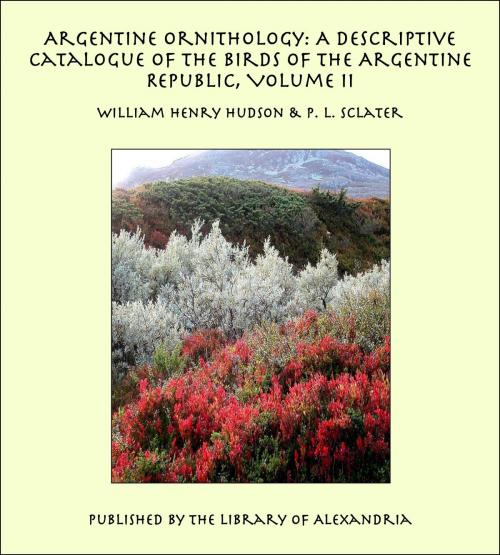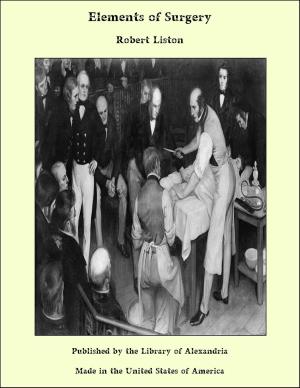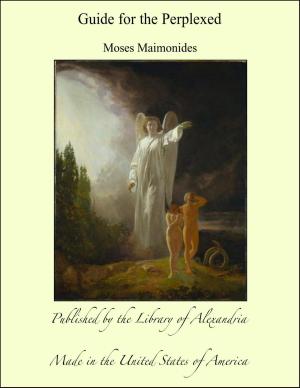Argentine Ornithology: A Descriptive Catalogue of the Birds of the Argentine Republic (Complete)
Nonfiction, Religion & Spirituality, New Age, History, Fiction & Literature| Author: | William Henry Hudson | ISBN: | 9781465547453 |
| Publisher: | Library of Alexandria | Publication: | March 8, 2015 |
| Imprint: | Language: | English |
| Author: | William Henry Hudson |
| ISBN: | 9781465547453 |
| Publisher: | Library of Alexandria |
| Publication: | March 8, 2015 |
| Imprint: | |
| Language: | English |
The Argentine Woodpeckers enumerated in the present work are thirteen in number, but several of those are somewhat doubtful species, and others only occur in the extreme northern limits of the Republic. On the whole we may say that the Pici are decidedly deficient in Argentina. Nine families of the fourth order, Coccyges, are included in the Neotropical Avifauna, but of these only five are represented in the Argentine Ornis—the Motmots, Todies, Jacamars, and Barbets being entirely wanting. The Trogons, Puff-birds, and Toucans are also essentially Tropical forms, and have but one or two representatives on the northern outskirts of the Republic; so that the Cuckoos and Kingfishers are the only two families of Coccyges which play any material rôle in the Argentine Ornis. Of the order of Parrots it will be seen from our Table that 142 species are known as belonging to the Neotropical Region, and that only ten of these have been met with within our limits. Of these ten, moreover, several are either doubtful, or only occur on the northern outskirts of Argentina, so that Parrots must be held to be deficient in the Argentine Ornis. As is well known Parrots are mostly inhabitants of the Tropics, and it is quite an exception to the rule that several of these warmth-loving birds should extend into the cold latitudes of Patagonia and Chili. This, however, is paralleled in the Old World by the existence of Parrots in some of the Antarctic Islands south of New Zealand. Of the Birds of Prey of the Argentine Republic, Diurnal and Nocturnal, it is not necessary to say much; both of these orders are rather in excess as regards the average number of species, the Accipitres especially so. The wide open pampas offer a fine field for Kites and Buzzards and their kind, and they are as numerous in individuals as in species in such favoured haunts.
The Argentine Woodpeckers enumerated in the present work are thirteen in number, but several of those are somewhat doubtful species, and others only occur in the extreme northern limits of the Republic. On the whole we may say that the Pici are decidedly deficient in Argentina. Nine families of the fourth order, Coccyges, are included in the Neotropical Avifauna, but of these only five are represented in the Argentine Ornis—the Motmots, Todies, Jacamars, and Barbets being entirely wanting. The Trogons, Puff-birds, and Toucans are also essentially Tropical forms, and have but one or two representatives on the northern outskirts of the Republic; so that the Cuckoos and Kingfishers are the only two families of Coccyges which play any material rôle in the Argentine Ornis. Of the order of Parrots it will be seen from our Table that 142 species are known as belonging to the Neotropical Region, and that only ten of these have been met with within our limits. Of these ten, moreover, several are either doubtful, or only occur on the northern outskirts of Argentina, so that Parrots must be held to be deficient in the Argentine Ornis. As is well known Parrots are mostly inhabitants of the Tropics, and it is quite an exception to the rule that several of these warmth-loving birds should extend into the cold latitudes of Patagonia and Chili. This, however, is paralleled in the Old World by the existence of Parrots in some of the Antarctic Islands south of New Zealand. Of the Birds of Prey of the Argentine Republic, Diurnal and Nocturnal, it is not necessary to say much; both of these orders are rather in excess as regards the average number of species, the Accipitres especially so. The wide open pampas offer a fine field for Kites and Buzzards and their kind, and they are as numerous in individuals as in species in such favoured haunts.















